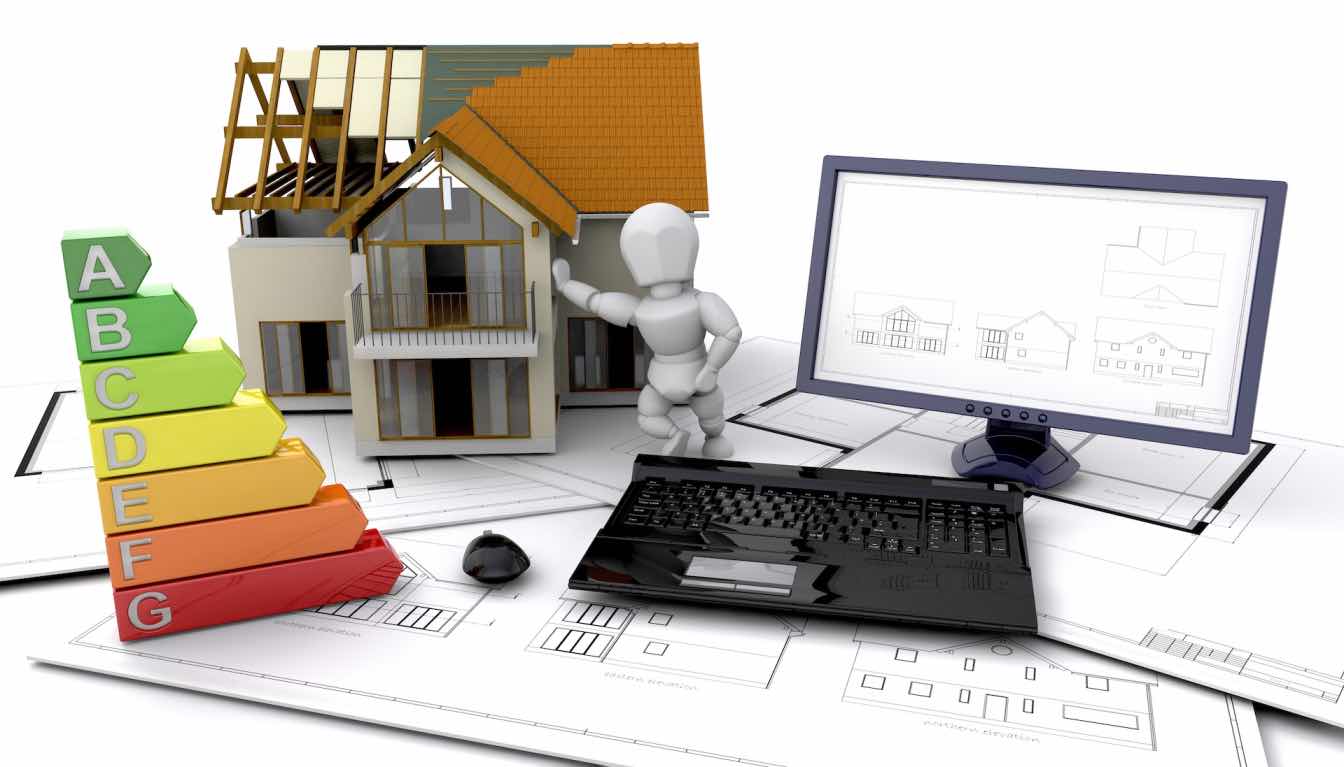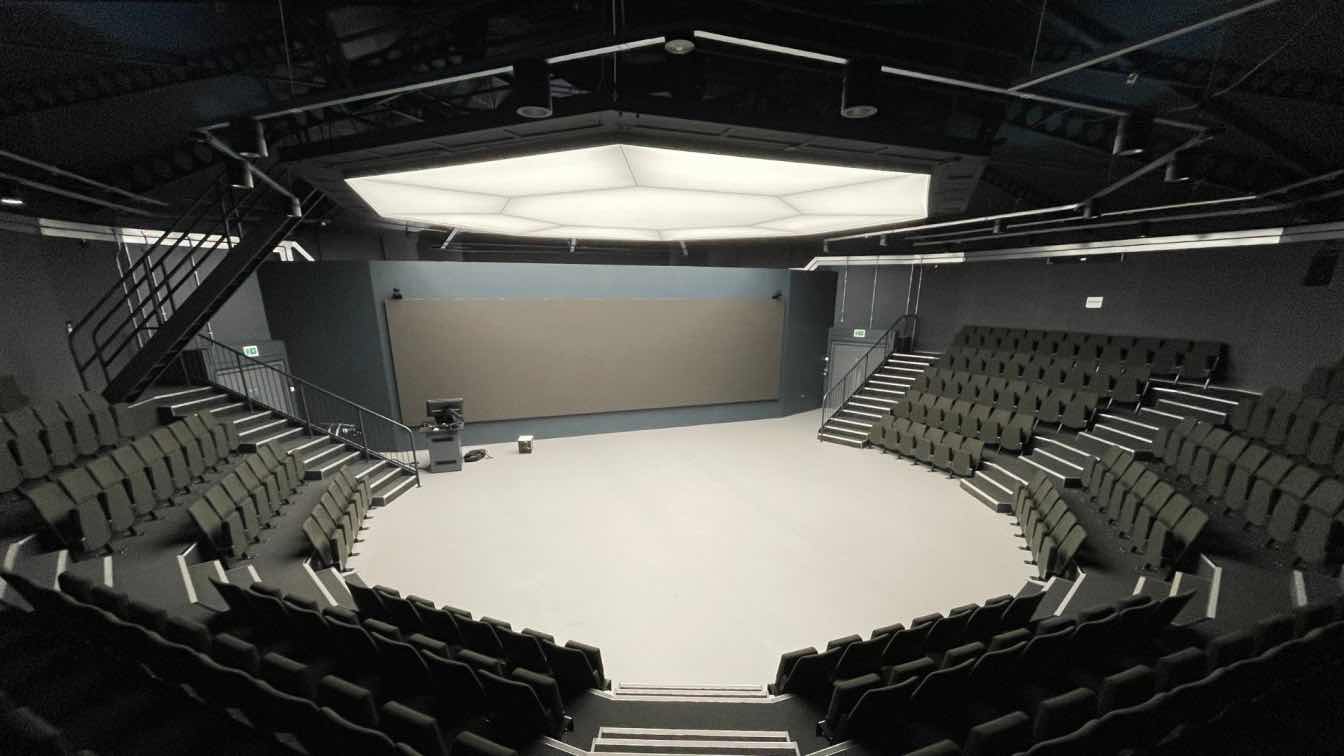Energy-efficient home designs offer significant advantages that appeal to both homeowners and the environment. Key benefits include reduced energy bills and a smaller carbon footprint. By using less energy, these homes help conserve resources and decrease energy-related expenses, making them an attractive option for those looking to save money in the long term.
Designing energy-efficient homes involves strategic use of materials and technologies that enhance insulation, air quality, and energy conservation. Features such as high-performance windows, energy-efficient appliances, and advanced HVAC systems play a crucial role in maximizing efficiency. These designs not only improve comfort but also contribute to a healthier living environment.
The growing interest in sustainable living propels innovations in energy-efficient architecture. Homeowners and builders increasingly prioritize energy conservation due to its financial and environmental impact. As awareness continues to rise, energy-efficient homes serve as a smart investment aligning with broader sustainability goals.
Fundamentals of Energy-Efficient Design
Energy-efficient home designs prioritize the optimization of thermal comfort, effective insulation, and the use of natural light to reduce energy consumption and enhance comfort. These elements contribute to lower utility bills and a reduced carbon footprint.
Principles of Thermal Comfort
Thermal comfort is a key aspect of energy-efficient design, driven by achieving a balance between heat gain and heat loss. It involves maintaining suitable indoor temperatures to enhance the dwelling experience without extensive reliance on heating and cooling systems.
Effective thermal comfort can be fostered through well-planned architecture that considers climate, building orientation, and material selection. Utilizing materials with high thermal mass, such as concrete or brick, helps stabilize indoor temperatures. This results in a stable and pleasant living environment.
Insulation and Ventilation
Proper insulation is vital to preventing heat loss during colder months and heat gain during warmer ones. High-quality insulation materials in walls, roofs, and floors are essential. Options include fiberglass, foam board, and cellulose. Each material has distinct properties suited to different environments and budgets.
Ventilation complements insulation by ensuring good air quality and temperature regulation. Energy-efficient designs often incorporate coordinated ventilation systems, such as heat recovery ventilators, to keep air fresh without sacrificing warmth. Implementing these systems can lead to lower costs related to air conditioning and heating repairs due to reduced strain on systems.
Natural Light Utilization
Utilizing natural light reduces the need for artificial lighting and minimizes energy use. Strategic placement of windows, skylights, and reflective surfaces in a home significantly enhances the interior's illumination. It translates to energy savings and improved well-being of inhabitants.
Designs may include larger windows on the south-facing side of buildings in northern hemisphere locations, maximizing sunlight during winter. Techniques such as light shelves can direct sunlight deeper into a room, reducing electricity consumption during the day. Natural light utilization benefits energy efficiency while also contributing to pleasant and inviting spaces.
Cost Savings and Economic Benefits
Energy-efficient home designs provide financial advantages by reducing utility expenses and enhancing property value. By minimizing energy wastage, homeowners not only cut down on costs but also contribute to environmental sustainability.
Reduced Energy Bills
Energy-efficient homes significantly lower monthly utility bills. These homes incorporate high-quality insulation, energy-saving appliances, and smart thermostats that optimize energy use.
The reduction in energy consumption decreases the frequency of the cost of AC repair, as the systems experience less strain. This not only saves money upfront but also prolongs the lifespan of appliances, reducing long-term expenses.
Households with energy-efficient designs often see a reduction in energy expenses by 20-30%. This improvement gives homeowners more financial freedom and protection against fluctuating energy prices.
Increased Property Value
Houses with energy-efficient features often have higher resale values. Buyers are attracted to properties with lower operational costs and modernized systems.
Green certifications and home energy ratings provide an official acknowledgment of efficiency, influencing the property's market appeal. A well-insulated house with solar panels or energy-efficient windows commands a higher price compared to traditional homes.
Investment in energy efficiency increases not just the immediate value but also appeals to environmentally conscious buyers. Features like LED lighting, energy-efficient HVAC systems, and sustainable materials are highly desirable in the current market, supporting a higher price tag.
Environmental Impact
Energy-efficient home designs significantly reduce the negative effects on the environment. These designs reduce carbon emissions and use sustainable resources to achieve a more eco-friendly living environment.
Decreased Carbon Footprint
Designing homes with energy efficiency in mind can lead to a substantial reduction in carbon emissions. Features like better insulation, high-performance windows, and energy-efficient appliances help minimize the energy used. These homes rely less on fossil fuels by incorporating alternative energy sources such as solar panels or wind turbines.
Key Advantages:
1. Lower energy consumption
2. Reduction in greenhouse gas emissions
3. Increased reliance on renewable energy
The overall contribution to a decrease in the home's carbon footprint is substantial, leading to a smaller impact on climate change.
Sustainable Materials and Resources
The use of sustainable materials in construction not only minimizes environmental harm but also promotes resource conservation. Energy-efficient homes often incorporate materials like bamboo, recycled metals, or reclaimed wood. These materials are chosen for their low environmental impact and renewability.
Sustainable Features:
1. Use of low-VOC paints and finishes
2. Application of recycled or rapidly renewable materials
3. Efficient water fixtures and systems
Implementing sustainable resources can result in both ecological benefits and enhanced durability. This mindful choice of materials promotes environmental stewardship and reduces waste.
Long-Term Durability and Resilience
Energy-efficient home designs often contribute to the longevity and robustness of a building. These designs emphasize enhanced construction quality and have far-reaching impacts on maintenance and repair considerations.
Quality of Construction
Energy-efficient homes often incorporate high-quality materials that withstand environmental stressors. Builders choose durable materials like insulated concrete forms, high-performance windows, and metal roofing, which can resist wear and tear more effectively than traditional options.
These constructions prioritize tight building envelopes, reducing air leakage and moisture intrusion. The result is a structure that not only uses energy wisely but also supports greater longevity. These homes frequently undergo strict quality inspections during construction, ensuring adherence to energy standards. Builders also incorporate advanced framing techniques to bolster structural resilience.
Maintenance and Repair Considerations
Homes designed with energy efficiency in mind typically require less frequent maintenance. Elements such as solar panels, energy-efficient HVAC systems, and LED lighting are engineered for longevity. This reduces the need for costly repairs, such as an air conditioning unit replacement, which can be significant.
Energy-efficient designs automate operation settings, ensuring systems work optimally and maintenance needs are minimized. Additionally, the upfront investment in high-quality materials reduces long-term repair costs. Homeowners often experience savings on utilities, further offsetting potential repair expenses.
Regular maintenance schedules can be spaced out due to these systems' robust nature, contributing to the overall durability and resilience of energy-efficient homes.





